Intersectional Confessional: What Bad Bunny’s “Caro” means for a queer Latinx like me
January 31, 2019
As a trans, genderqueer Latinx, watching the opening scenes of Bad Bunny’s newest music video for “Caro” brought tears of joy to my eyes.
The Puerto Rican Latin Trap artist, known for pushing the boundaries of “traditional masculinity” and machismo in Latin hip-hop, has done it again with his latest hit. In the first few minutes of the video, after getting his signature manicure in black nail polish, Bad Bunny is replaced with a visibly genderqueer actor.
As Bad Bunny’s stand-in leads viewers through colorful landscapes, a vibrant pink mansion and the streets of a Puerto Rican city, different people of all genders, expressions and bodies make appearances throughout the video. Concluding with a more peaceful melody and the repetition of “solamente soy feliz,” or “I’m just happy,” the video closes with Bad Bunny dancing with his stand-in, dressed in identical clothing, as silhouettes of people of all genders, races and body types run past.
But the artful display of gender fluidity represents more than simply the artist’s personal gender expression and open-mindedness. The importance of “Caro” lies in its affirmation of queer Latinidad, body positivity and challenge against machismo.
Though Latin America as a region is in no means alone in its perpetuation of queerphobia and toxic masculinity, despite the United States, Canada and Europe being at times perceived to be less problematic than “the global South”, centuries of colonization, violence and religious imposition by European powers created a specific form of oppression imposed on queer folks in Latin America and Latin Americans in the U.S.
According to the Human Rights Campaign, Latinx queer folks are “1.7 times more likely to experience police violence than non-Hispanics … 1.8 times more likely to experience physical violence, 1.5 times more likely to experience discrimination, and 1.5 times more likely to experience hate violence in the workplace.” Systemic homophobia compounded with racist state violence against people of color makes the positionality of queer Latinx folks innately difficult and, in many cases, dangerous.
In the wake of the murder of queer Puerto Rican trap artist Kevin Fret at only 24 years old, beginning a conversation about queerness in the Latin trap community is especially relevant and important.
In addition to the physical threat against queer Latinx life, representations of who can be queer have historically remained fairly white and absent of people of color.
The rejection of queerness from family members, coupled with the inherent whiteness of queer representation in the media makes queerness and Latinidad at times feel intrinsically at odds during specific times in my life. Without people who look like me, act like me and love like me appearing in popular media, my queerness as a Latinx person feels invalidated and unseen.
“Caro” presents audiences with acceptance, love and visibility in a world where queer Latinxs are harrassed, erased and murdered on a daily basis. Bad Bunny’s embrace of queerness and upliftment of gender variance is especially important in a genre that historically has upheld homophobia and machismo.
With a warm abrazo, I say gracias, hermano.



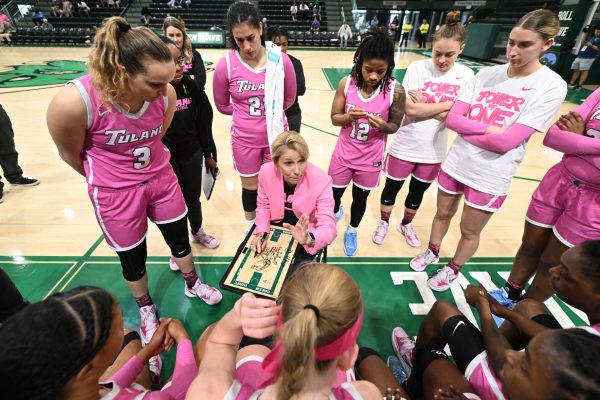




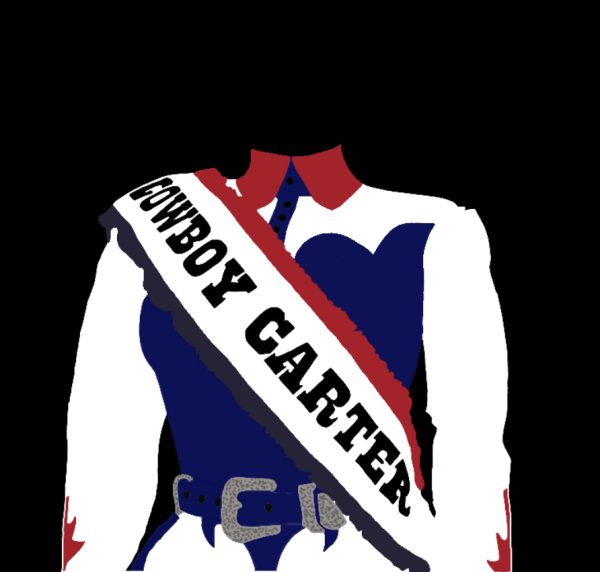

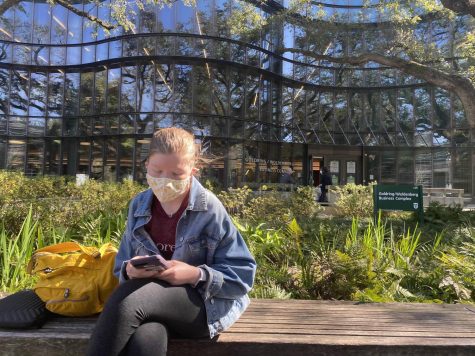


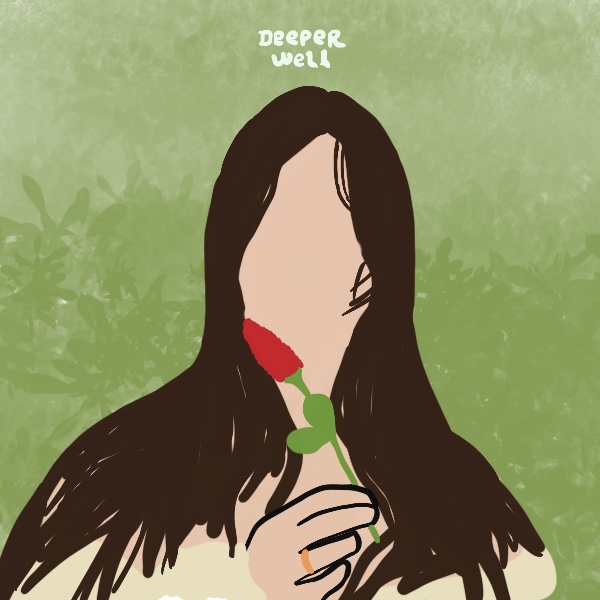
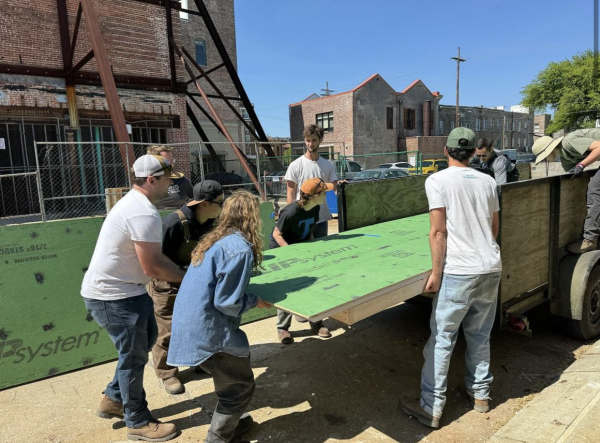







Yola • Feb 5, 2019 at 9:11 am
Brilliant exposition of such a complex but present issue, Thanks Canela! 😉